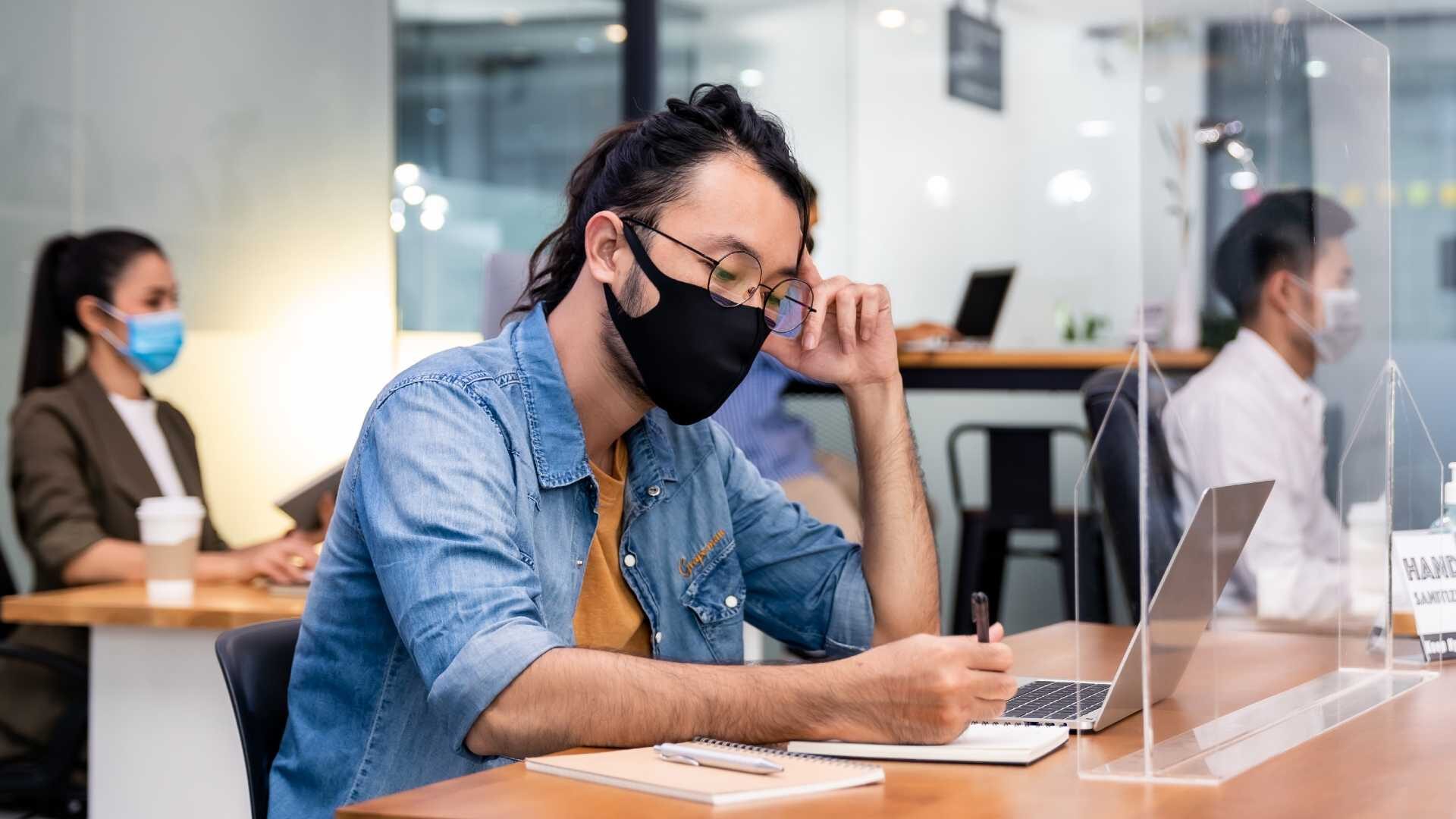What is the Role of an Emergency Coordinator? Do You Need Emergency Coordinator Training?
An emergency coordinator is someone who is responsible for planning and responding to emergencies, as well as coordinating the emergency response within their organization. In small organizations, the emergency coordinator may coordinate all of the emergency response activities. In larger organizations, the emergency coordinator may be responsible for coordinating the response within a single department or region.
Emergency response coordination is a very important job. The scope of the field is daunting, and the tasks to be accomplished can be daunting as well. However, there are people out there who help others when they may not be able to help themselves. That is what an emergency coordinator does.
Emergency Medical Services
There are two types of EMS: the one that’s already on duty and the one that you get after you call 911. The EMTs (Emergency Medical Technicians) who are already on duty are on foot or in a vehicle. They have the authority to transport patients and make a medical diagnosis. The EMT on the scene are the first to respond to your 911 call. They may assess your injuries and, if necessary, transport you to a local medical facility. They also provide first aid and basic life support.
Assist in the Evacuation of Building
It is important to keep our emergency responders trained. The Emergency Services Training Center (ESTC) helps to keep our communities prepared for natural disasters, acts of terrorism, and other types of emergencies. The ESC provides training to local, state, and federal law enforcement personnel, emergency managers, and other first responders and professionals to help them respond to current and future events.
Communicate and Provide Incident Briefings
A briefing is an emergency-preparedness session which provides information to the public about an emergency situation or incident. The information is typically provided by officials at a command centre, such as the Federal Emergency Management Agency (FEMA) or the Department of Homeland Security (DHS), or a third party. It’s a set of principles that offer a consensus view on what should be done to ensure health and safety in the workplace.
Activate Additional Response Contractors
When a natural disaster strikes, many first responder agencies rely on volunteers to help out. These volunteers can be highly trained individuals, or they might be people who haven’t been trained in emergency response. In certain instances, local citizens can be trained to become first responders in the event of an emergency.
Evaluate the Response Requirements
As emergency medical response units work under the auspices of local governments, they are often understaffed. Not only do they have to drive to remote areas, they often have to cover multiple shifts of work. They may also face high demands for their services from citizens who do not know how to deal with an emergency.
Eliminate Potential Ignition Sources
The health and well-being of firefighters is of utmost importance, which is why EMTs, paramedics and other first responders must be able to take critical action if they witness someone suffering a potentially life threatening situation. In order to do this, they must be ready to recognize the symptoms of potential fire and gas hazards. These are usually described in the guidelines for training that they receive at the beginning of their careers, but it’s not uncommon for them to forget something.
Final Words
Regularly scheduled emergency drills will give emergency participants a chance to test out their skills that they have learned during their emergency coordinator training. These drills will also allow you to practice positioning yourself in various areas to determine your effectiveness.

